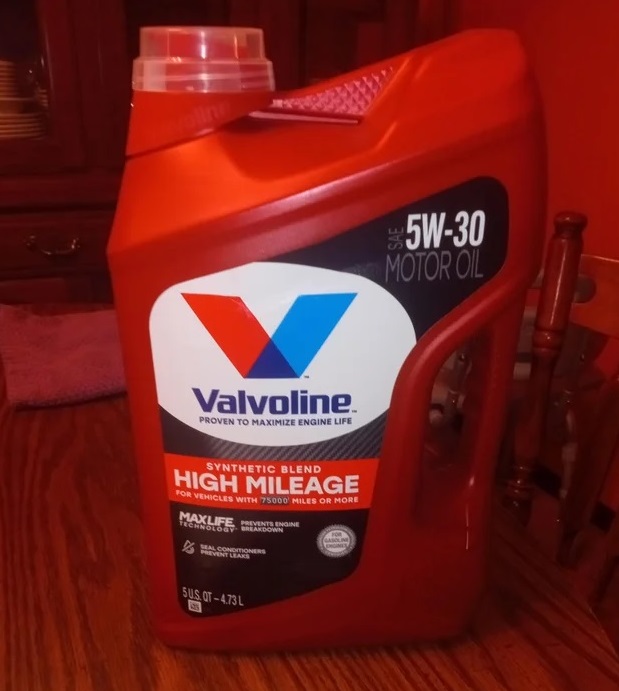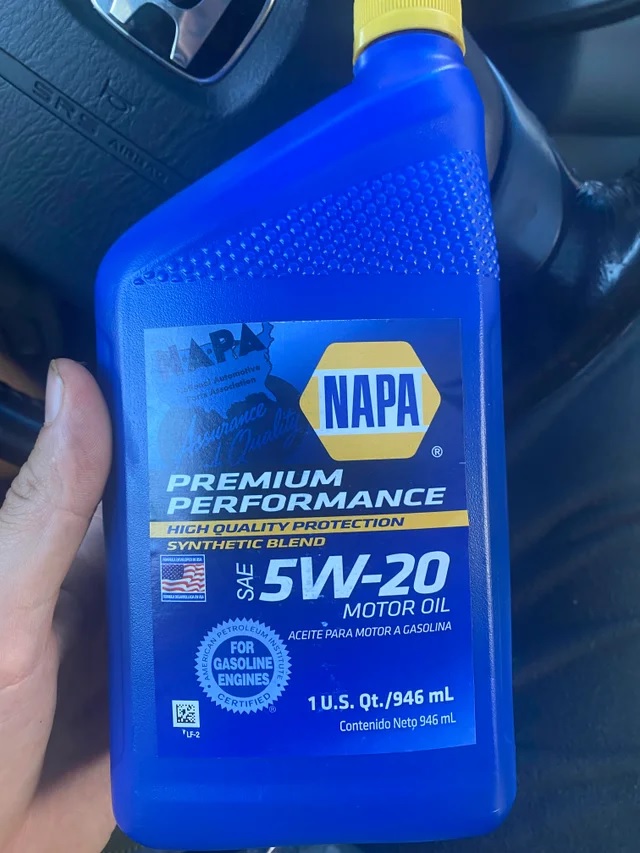Engine oil plays a crucial role in maintaining the performance and longevity of your vehicle’s engine. Understanding the differences between various viscosity grades is essential for selecting the right oil.
In this article, we will delve into the comparison of two popular grades, 5W-30 and 5W-20, and help you make an informed decision about which one suits your vehicle’s needs best.
Understanding 5W-30:

5W-30 is a commonly used engine oil with specific characteristics. It is a blend of base oils and additives designed to provide optimum lubrication in various conditions. The “5W” in its designation signifies its winter viscosity rating, indicating its ability to flow smoothly even in cold temperatures. The “30” represents its viscosity at operating temperatures, indicating its thickness or resistance to flow.
Understanding 5W-20:

Similar to 5W-30, 5W-20 is a popular engine oil grade. It also comprises base oils and additives formulated to meet the demands of modern engines. The “5W” winter viscosity rating ensures easy cold starts, while the “20” viscosity rating denotes its lower resistance to flow at operating temperatures compared to 5W-30.
Comparison of 5W-30 and 5W-20:
a. Viscosity Differences:
The primary distinction between 5W-30 and 5W-20 lies in their viscosity characteristics. 5W-30 is thicker than 5W-20 at operating temperatures, providing better film strength and wear protection. On the other hand, 5W-20 offers lower viscosity, potentially improving fuel efficiency and reducing internal friction.
b. Fuel Economy Considerations:
Due to its lower viscosity, 5W-20 has the potential to enhance fuel economy. The reduced friction and easier flow can result in slightly improved efficiency compared to 5W-30. However, the actual impact on fuel economy may vary depending on other factors such as driving conditions and vehicle design.
c. Temperature Range Suitability:
5W-30 performs well in a wide range of temperatures, including both hot and cold conditions. It maintains adequate viscosity and flow characteristics to protect the engine effectively. Conversely, 5W-20 may offer better cold-start performance, making it particularly suitable for regions with extremely low temperatures.
d. OEM Recommendations and Warranty Implications:
Vehicle manufacturers provide specific oil recommendations for their engines, including viscosity grades. Following these recommendations is crucial to maintain warranty coverage and ensure optimal engine performance. Some manufacturers may explicitly recommend one grade over the other, while others may approve the use of both.
Factors to Consider when Choosing between 5W-30 and 5W-20:
a. Climate and Temperature Conditions:
Consider the average temperatures in your region. If you frequently experience extreme cold or hot conditions, choose the grade that offers better protection within those temperature ranges.
b. Engine Type and Design:
Different engines have varying requirements regarding oil viscosity. Consult your vehicle’s owner’s manual or manufacturer guidelines to understand the recommended viscosity grade for your specific engine.
c. Driving Habits and Conditions:
If you frequently engage in heavy towing, high-speed driving, or other demanding situations, a higher-viscosity oil like 5W-30 may offer better protection against engine stress and wear.
d. Manufacturer Recommendations and Specifications:
Always prioritize the guidelines provided by your vehicle’s manufacturer. These recommendations are based on extensive testing and engineering to ensure your engine’s optimal performance and longevity.
Real-world Examples and Scenarios:
a. Cold Weather Starting and Performance:
In colder climates, 5W-20’s lower viscosity offers easier cold starts, allowing oil to flow quickly and lubricate vital engine components.
b. High-temperature and Heavy-load Situations:
In situations where engines operate under extreme temperatures or endure heavy loads, 5W-30’s higher viscosity provides improved protection against wear and thermal breakdown.
c. Long-term Engine Health and Wear Protection:
Both 5W-30 and 5W-20, when used according to manufacturer recommendations, can provide adequate protection against engine wear and promote long-term engine health.
Summary and Conclusion:
Choosing the right engine oil, whether it’s 5W-30 or 5W-20, is crucial for maintaining optimal engine performance. Consider factors such as climate, engine type, driving conditions, and manufacturer recommendations when making your decision.
While 5W-30 offers enhanced wear protection and performs well in a wide range of temperatures, 5W-20 may provide improved fuel efficiency and better cold-start performance. Ultimately, follow your vehicle manufacturer’s recommendations to ensure the best performance, efficiency, and longevity for your engine.




